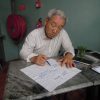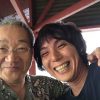Interviewer: Yumeka Miyamae
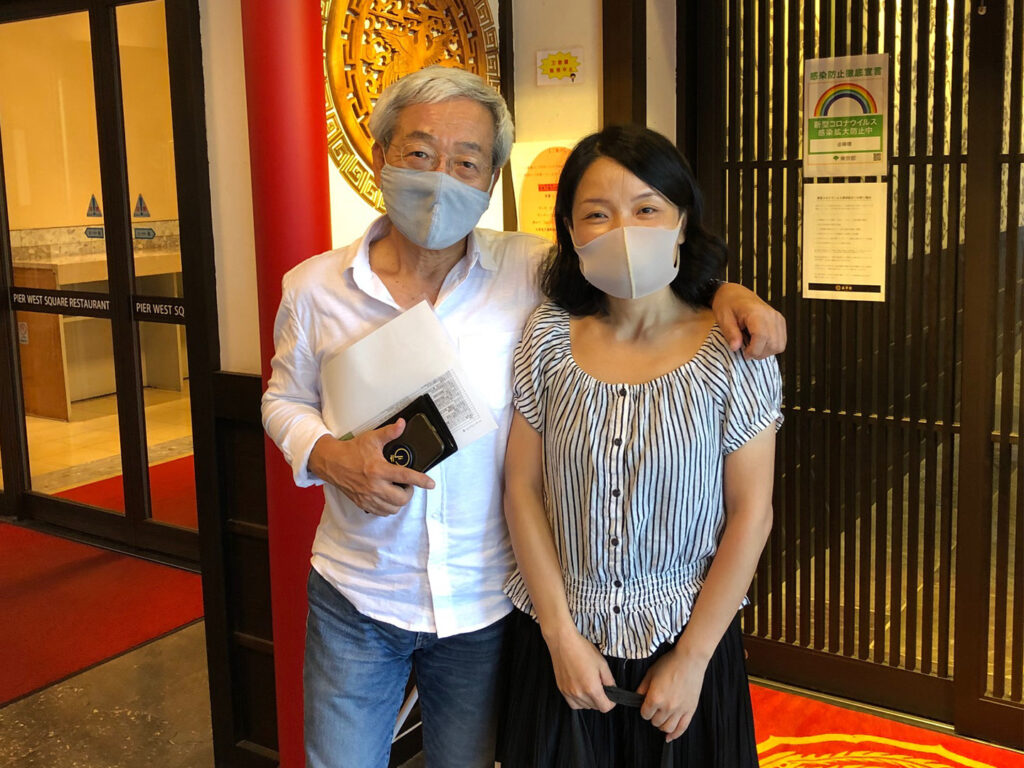
Miyamae:In the past year telework has really taken off, which has really changed how we live and work. Today I`d like to talk about living and working in this new era with Covid 19.
Mende:Yes, I`d like to hear your thoughts, also.
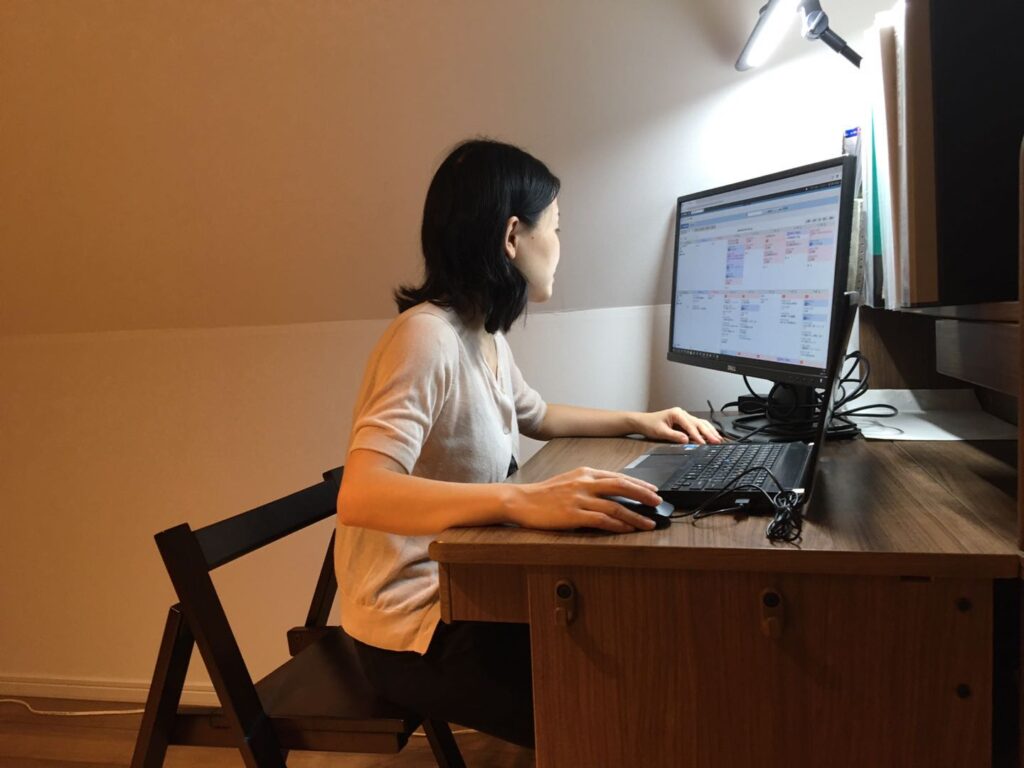
Miyamae:Generally, people select an area to live that is within an easy hour commute to the office. Where people live is basically decided by where one works, since the norm is to go to the office to do your work. In other words, work time = office time. Work and private life are clearly divided by place, time, and role. That is up until one year ago. One thing I have felt during teleworking this past year is the line between work and private is obscured. I am having trouble switching between the two.
Mende:For people like you with a family and small children at home, I think it is much harder to switch on and off. A long time ago when my wife used to teach at the university, she had to commute two hours one way, for a total of four hours of commute time a day. Such a waste of time. I suggested she rent an apartment near the campus and crash there on days she was too tired to go home, but she refused and said she needed to come home so she could “switch off.” I didn’t understand then, but now I think this is what she meant.
Miyamae:At home, I have divided my work and private life by room, but my children interrupt and I can’t seem to proceed on schedule. It is nice to not commute while teleworking, but there are other hurdles. If people continue on this path with teleworking there will be less need to go into the office. So, I suppose offices will need less space and maybe even move some services to local areas.
Mende:Many companies seem to be moving in that direction. It is especially evident in the IT industry. I think if your work doesn’t require you to be present at the office you should be able to work from wherever. Work in the design profession is usually a collaboration of many people as a project progresses forward. Many projects cannot progress just with contact through ZOOM, making 100% telework difficult. However, right now all our work in China is through video conferences since we cannot travel at this time. We are getting very creative with ways to continue on-site project supervision. I am a very analog person and want to be on-site. Images from a computer screen are just not enough. The global trend is leaning towards telework and virtual settings, but don`t think virtual reality, alone, will bring out real creativity.
Miyamae:I think facial expressions are very clear on the screen, but some nuances and other feelings are better felt in a face to face meeting. There are advantages and disadvantages.
Mende:I think it is very risky to base all decisions on what you see on a screen. The screen only reveals sound and visual sensory data. Onsite, there might be a slight breeze, smells, tastes, the feel of a texture. The presence of all this is important.
Miyamae:So what do you think is an ideal working situation? Remote work mixed with coming into the office two are three times a week?
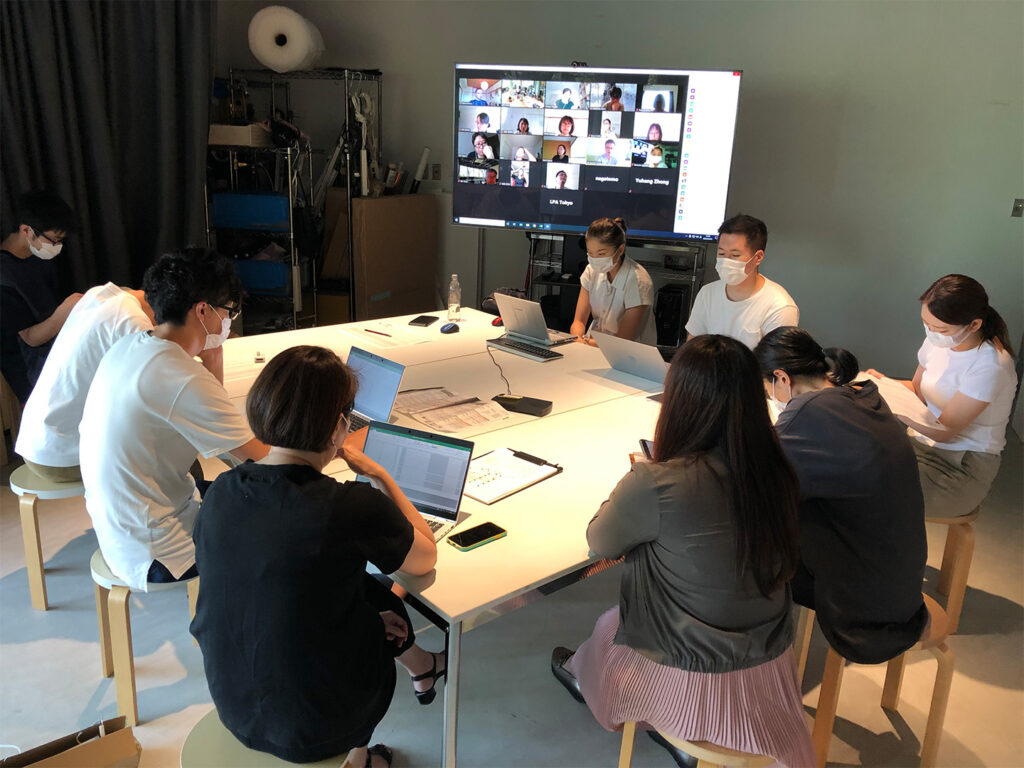
Mende:Yes, that might work. Maybe twice a week one works at home, without office distractions and at their own pace. Then meets with other team members the rest of the week. On one`s days at the office, we could also make time to communicate with clients. This might be a good plan.
Miyamae:At home one can really concentrate and work at your own pace. However, going into the office is also refreshing and reinforced effective work techniques. Both have advantages. Teleworking became popular in Japan a few years ago when a movement started to better the working environment.
Mende:Yes, that is right. For several years now, I think many companies have no problem with teleworking and they understand the irrationality of a long commute on overcrowded trains. But now, in the middle of this pandemic, we realize it even more. Common sense or what was thought to be hurdles to teleworking are being overturned.
Miyamae:Because of Covid-19, teleworking has really progressed. I hope companies continue to rethink the working environment, consider more flexible office hours, and encourage routine teleworking, not just because of special circumstances or a proclaimed state of emergency.
Mende:I hope this movement to reform the way we work is not just another trend. We all need to continually question what are considered commonsensical ways of working to achieve betterment in the workplace. What it comes down to is the individual. Each person in the workforce needs to become a quick thinker to work more efficiently, and not be just another drone.
Miyamae:Yes, I think it is important for everyone to find added value in their work. I want to explore new ways of working while I continue to be a productive member of society. Thank you for our talk today.










